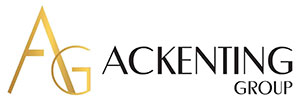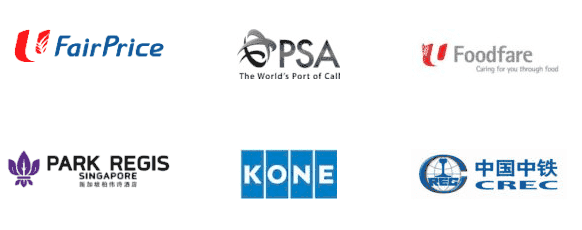Accounting Checklist Every Small Business Must Adopt
It is necessary for all small businesses to have a reliable accounting system. With a reliable accounting system, small businesses can easily keep track of target goals as well as utilise the derived data to manage and plan cash flows accurately.
Without further ado, we present an accounting checklist that you can use to help you master your business’s finances, simplifying and streamlining the workflow to make more intelligent decisions to grow your business better.
Daily Accounting Checklist
1. Check your assets
Money makes up the major portion of small businesses’ assets. Hence, it is vital to manage it well in order to enjoy smooth business operation. To do that, you will need to check your assets and monitor where your money goes every day.
2. Record daily transactions
Noting down every single earning and expense is an important aspect of good bookkeeping. Doing so helps to ensure a healthy financial balance.
3. Document invoices
Besides keeping track of every transaction, you should also keep every received and issued copy of invoice. Not only does it help to account for all sales and purchases, but it also is mandatory by the Inland Revenue Authority of Singapore (IRAS) to ensure proper proof of records is kept for at least five years.
Weekly Checklist
1. Review vendor transactions
In order to maintain a healthy relationship and financial position with your vendors, relevant transactions must be carried out on time and efficiently. Many vendors often offer purchase discounts in which discounts are given if the business pays them early or on time, as well as purchases in bulk.
This would benefit small businesses as every opportunity to save matters.
2. Prepare and send invoices
A proper professional invoice includes the following details:
- Company details
- Date
- Payment terms
- Services or goods sold
- Invoice number
The invoice number helps both businesses easily identify the transaction, while the payment term helps the selling company project their earnings. It also allows the buying company to know the due date of payment and any additional charges.
3. Review projected cash flow
With the previous steps, you would surely have a better grasp of your business’s expenses and earnings for the coming weeks. By collating all of your bills and cash receipts as well as calculating your current cash position, you get a clearer forecast of your cash flow, allowing you to better plan for upcoming weeks.
Monthly Checklist
1. Balancing your books
It is vital to ensure that the recorded cash is the same as the collected cash. This ensures minimal error in helping you plan for future cash positions.
2. Review aged receivables
Aged receivables are customers’ overdue accounts. By reviewing previously issued transaction invoices, you will be aware of individuals whose payments are due but have not paid. An increase in receivables may not necessarily be good as it could be a result of aged receivables, which indicates cash that is not duly collected.
3. Review balance sheet
Reviewing your balance sheet every month allows you to monitor and cross-balance your projected cash flow with actual sales. In addition, you will also want to compare that particular month’s balance sheet with previous months, allowing you to be aware of the state of your business’s finance.
Conclusion
It is important to ensure healthy bookkeeping for every business, especially SMEs. As long as you follow this checklist, you will, without a doubt, be assured of a healthy business account. Nevertheless, if you need professional solutions and advice, AG Singapore can help you with that. We provide SME accounting services in Singapore, covering a range of corporate solutions such as corporate financing, financial reporting services, and audit services in Singapore, among others. To get one-stop and affordable accounting services, you can reach us at johnwoo@ag-singapore.com.














